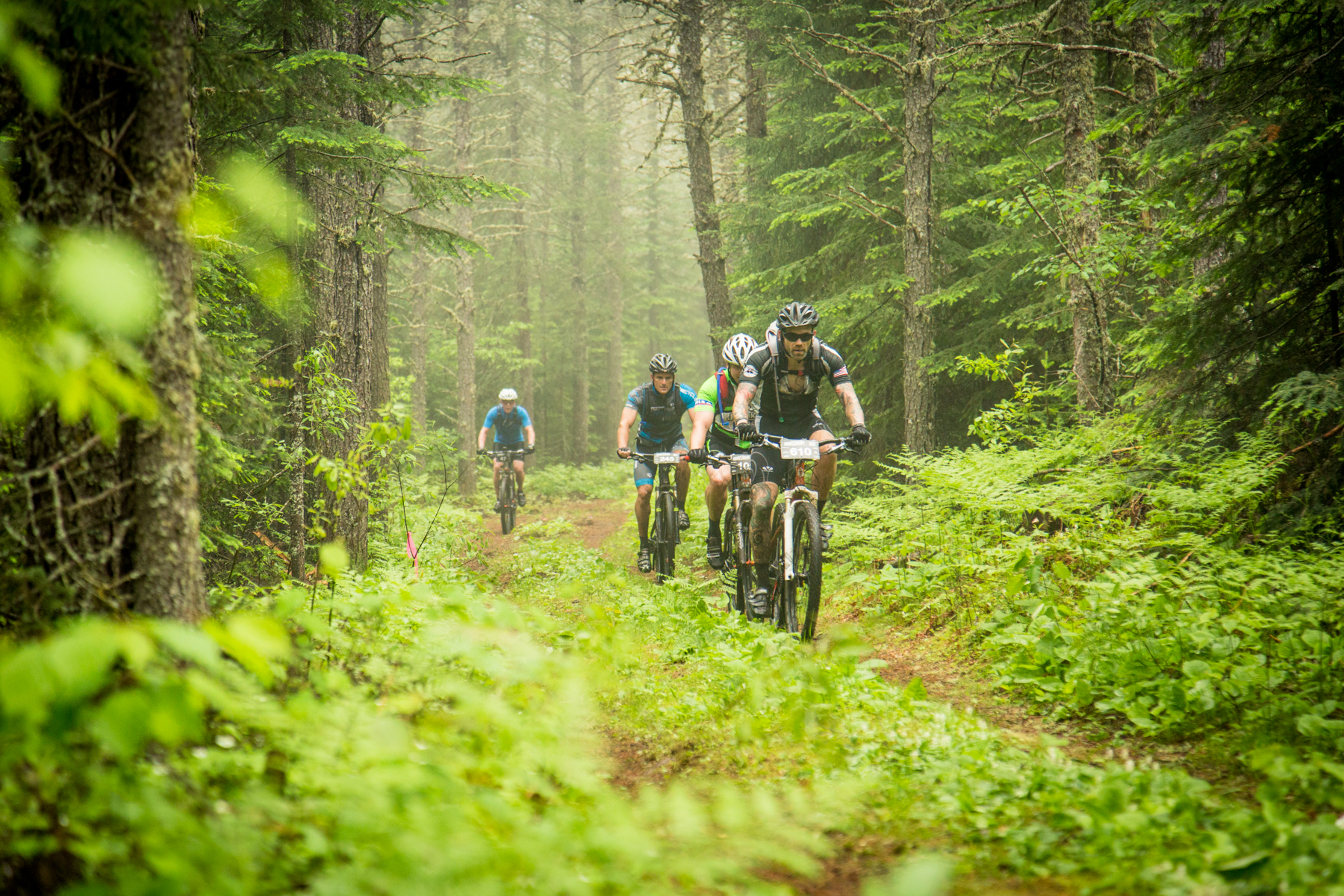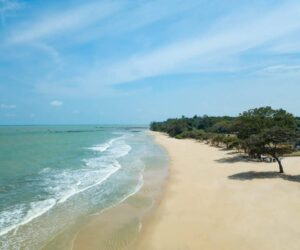Mountain Biking
Andrew.Parks
Tue, 08/13/2024 – 15:51
Minnesota is home to a wide variety of wild, innovative trails, many of which stay open for fat biking all winter long. From the lift-served downhill runs of Duluth to the legendary red dirt of Cuyuna Country State Recreation Area, here is how to plan the ultimate mountain bike trip in Minnesota.
Mountain bikers on Redhead Mountain as the sun sets


The Lutsen 99er in Cook County is one of Minnesota’s most challenging and scenic bike races
/ Rod Hasse/Visit Cook County

Mountain biking in Cuyuna during the fall
/ Roy Son

Duluth’s mountain biking trails offer bird’s-eye views of the city and Lake Superior below / Hansi Johnson
02
03
Get help from the experts to plan your trip
Want to know the best spots in Minnesota? How about tips on how to make the most of your time in a specific city? Our Minnesota experts can answer your questions, offer advice, or plan the perfect Minnesota trip for you. For free.
Topic
Line illustration
1
bicycle
all-other
0
Short







